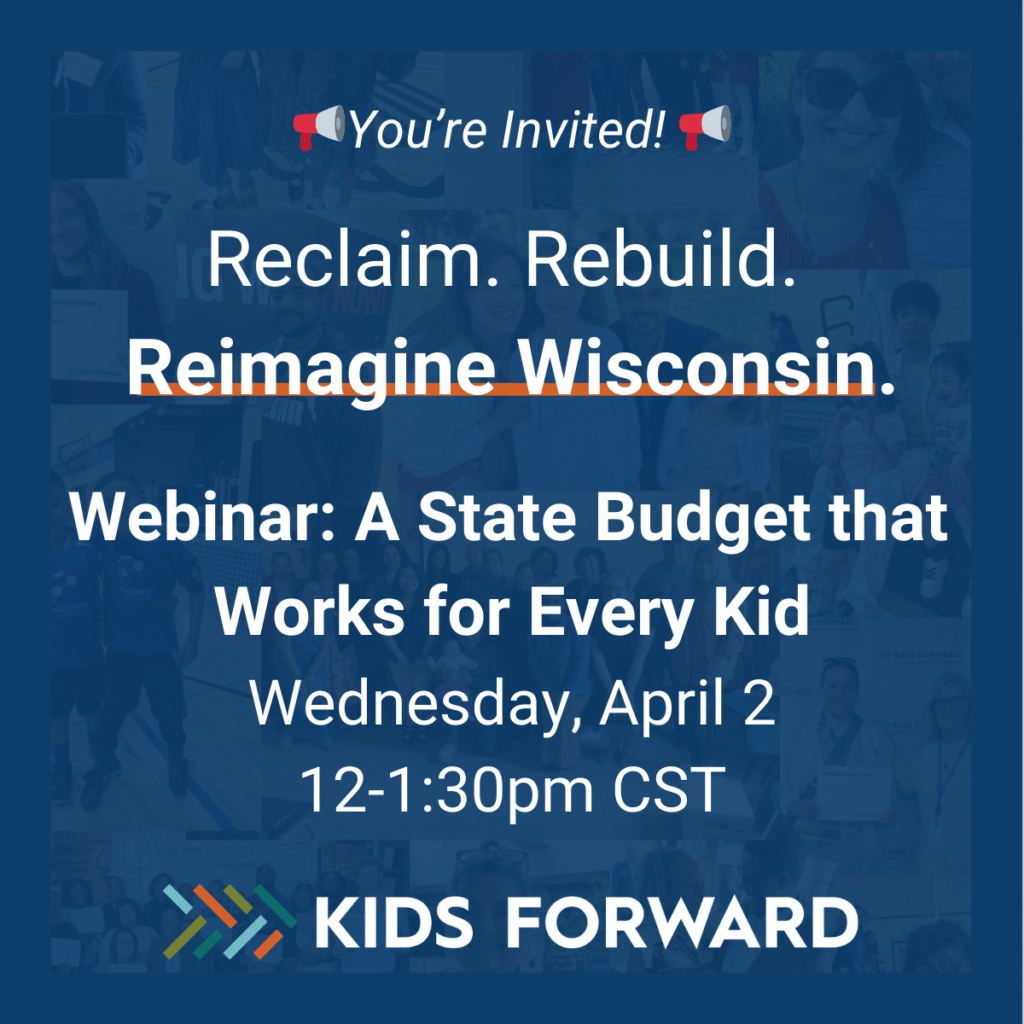The Legislative Fiscal Bureau (LFB) paper relating to options for improving or restricting access to BadgerCare was released late today, and it confirms that the state could cover far more people for a lot less money by accepting the enhanced federal Medicaid dollars provided by the Affordable Care Act. In fact, a compromise that would cover almost 85,000 more adults than the Governor’s plan would save state taxpayers $119 million during the 2013-15 biennium.The LFB paper (#321) considers three basic alternatives: 1) the Governor’s plan, which caps eligibility of parents and childless adults at 100% of the federal poverty level (FPL), 2) covering parents and childless adults to 133% of FPL, and 3) covering childless adults to 133% and retaining current eligibility of parents (up to 200% of FPL).
Here are the key facts from the LFB comparison of those alternatives. All of following BadgerCare enrollment projections are average figures for the second year of the biennium, and the spending numbers are for the full biennium:
- The Governor’s plan would cover 84,700 fewer adults in BadgerCare than alternate #2, yet would cost $119 million more in state GPR funds than that alternative.
- His proposal would cover 123,000 fewer adults than alternate #3, but would cost almost $76 million GPR more than that option.
- If the Finance Committee approves the Governor’s plan, it needs to add $52 million GPR to the bill; whereas the committee would be able to reduce GPR spending by almost $67 million by approving alternative #2, or by $23.7 million by approving the third alternative, which retains the current eligibility standard for parents.
- From January 2014 through June 2021, the LFB estimates that alternative #2 would cost $460 million less in state GPR funds than the Governor’s proposal.
On page 24 of the paper, the Fiscal Bureau also lays out a few variations on these proposals. Among those is an option aimed at addressing the concern that the enhanced federal matching funds might go away. That option, alternative 6, would rescind the expansion of coverage beyond 100% of FPL if Wisconsin is found not to be eligible for the highest federal cost-sharing (i.e., 100% of the cost of covering childless adults from 2014 through 2016), or if Congress repeals or reduces the enhanced federal cost-sharing.
The LFB paper contains a thorough summary of a number of proposed BadgerCare policy changes that aren’t currently permitted under federal law but which the budget bill would nonetheless put into the statutes. As we described in a WCCF analysis a few weeks ago, those changes could cause more than 29,000 children to lose their BadgerCare coverage if or when federal “maintenance of effort” requirements for children end in 2019 or are waived. Unfortunately, the paper doesn’t appear to include an explicit alternative for removing those provisions from the bill, which have no fiscal effect in the 2013-15 biennium.
The paper notes that after the bill was introduced, the Governor indicated that his intent was to maintain eligibility of pregnant women (notwithstanding language in the bill to the contrary). In light of those subsequent statements of intent, all the alternatives in the bill appear to assume that current coverage of pregnant women will be maintained.
The Finance Committee co-chairs haven’t set the date yet for considering the Medicaid papers, but next Tuesday, June 4, seems to be the likely day for taking up those issues and tax policy, before the committee wraps up its work on the budget bill.
Jon Peacock




